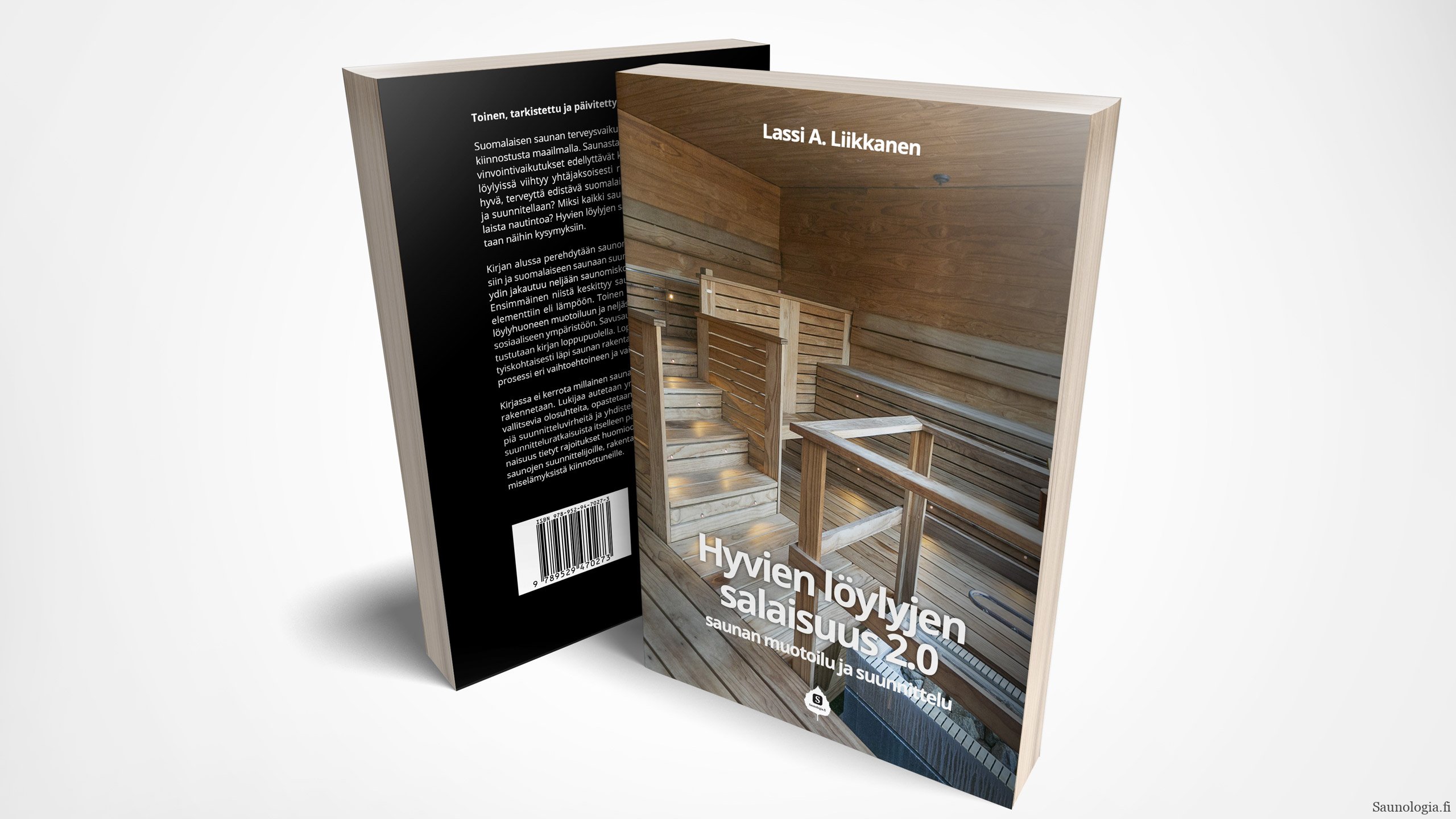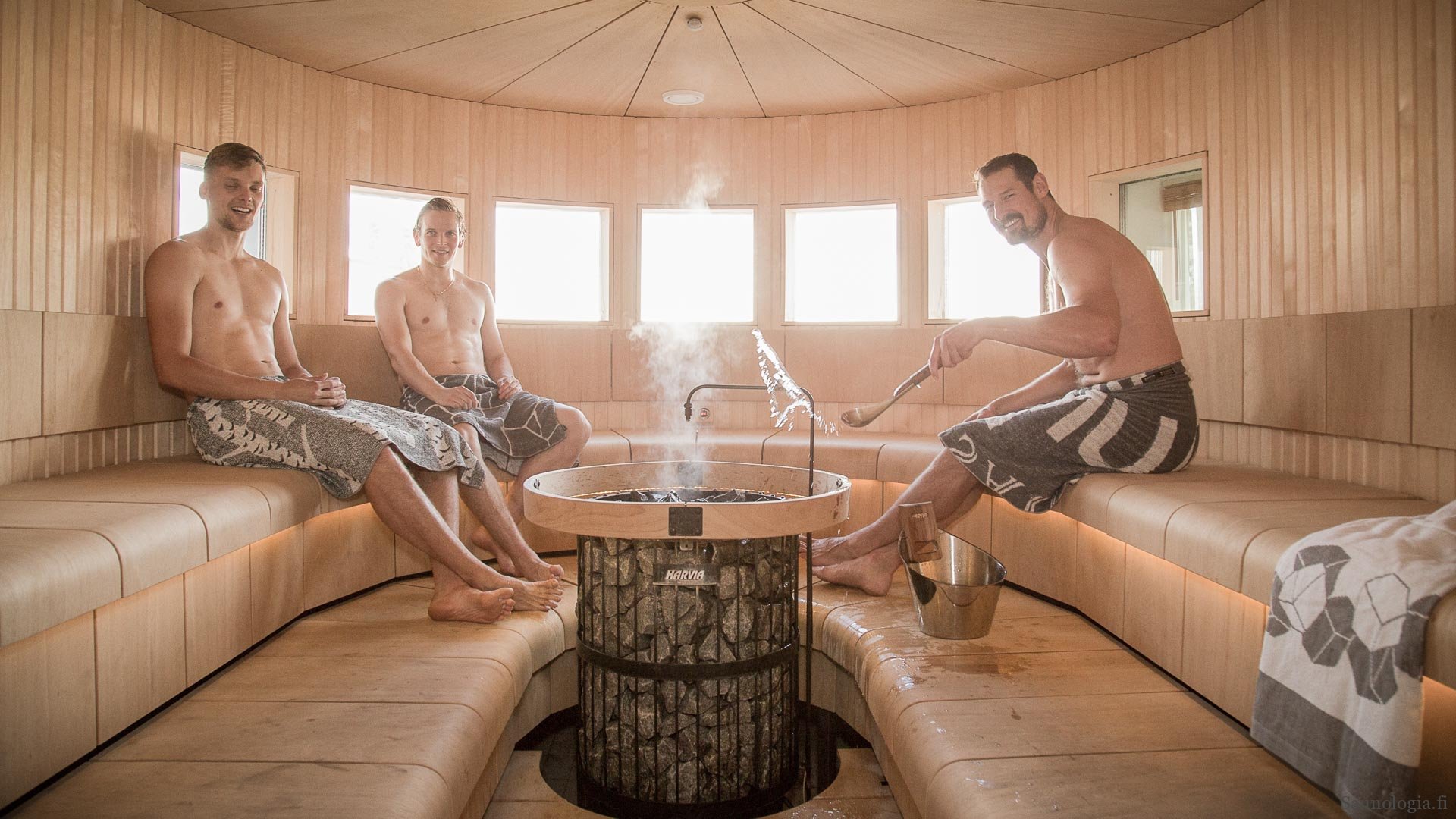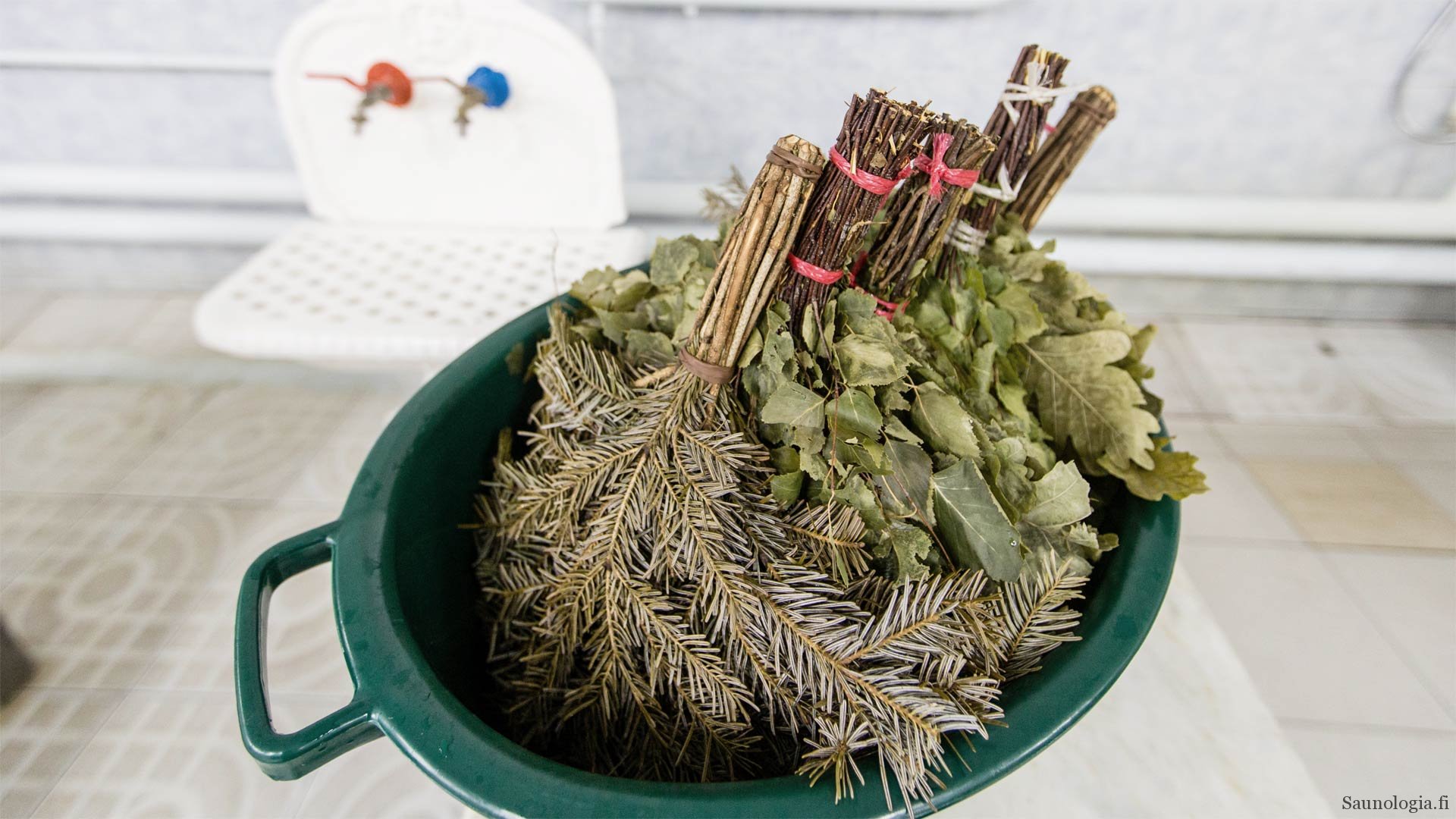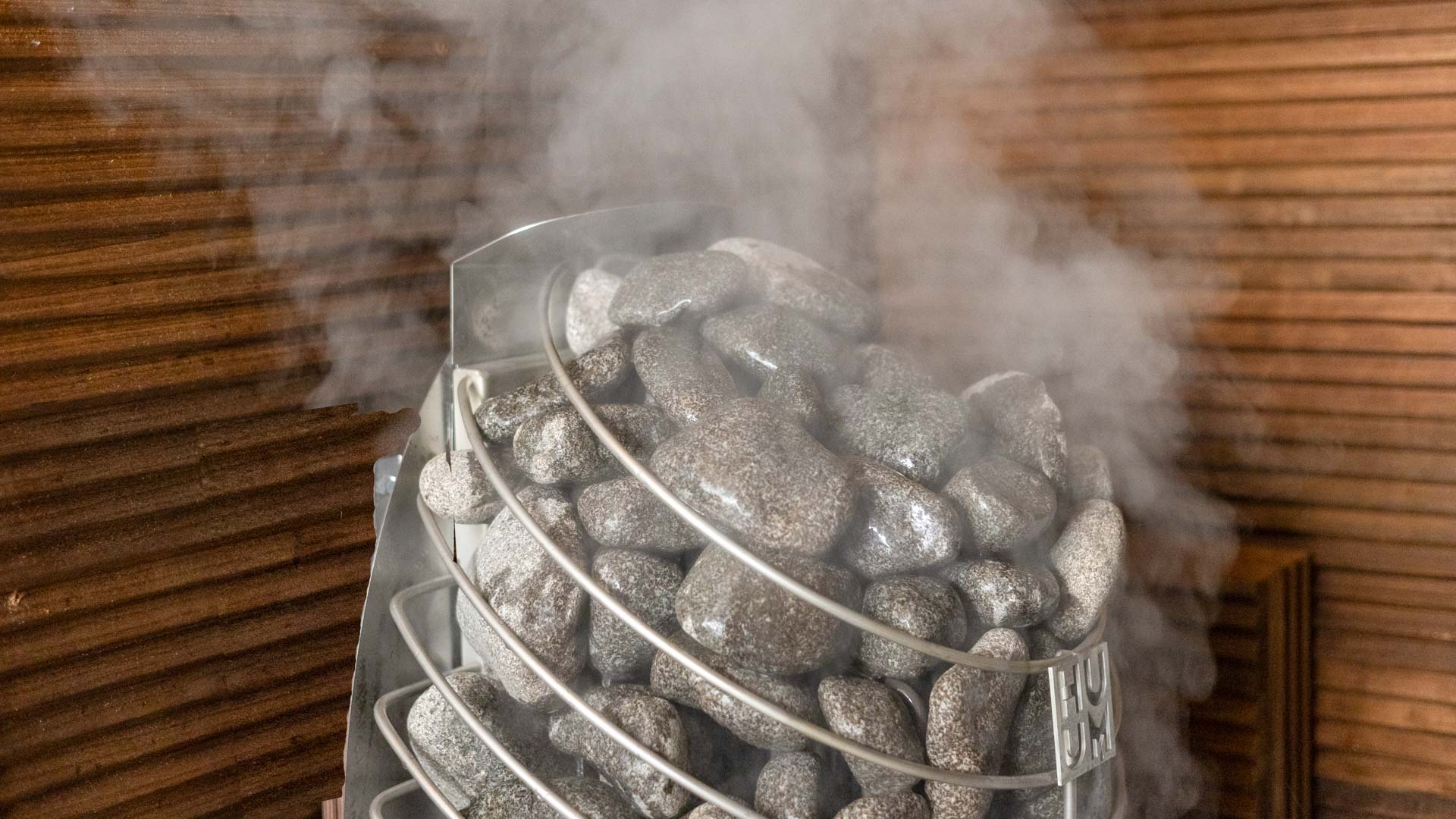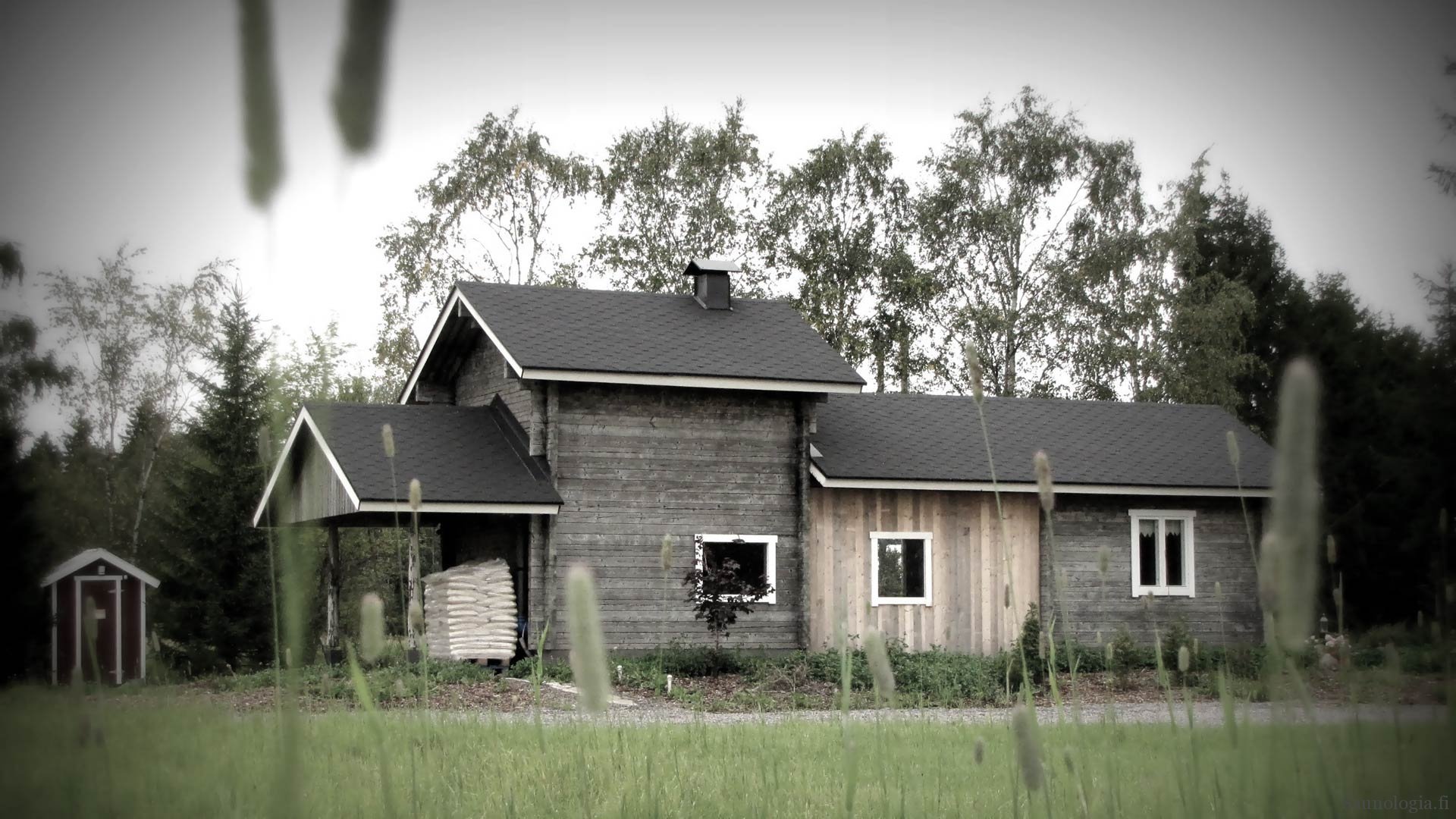Bathing in History: Tips for Exploring the Timeless Hammams of Istanbul
Istanbul is full of historical hammams, offering bathing pleasures to suit every budget. Here, I present two historically significant yet still warm 16th-century destinations, both designed by the famous architect Mimar Sinan. Additionally, I’ll describe alternatives to these luxury experiences.
Hammams as far as the eye can see
With a population of around twenty million, Istanbul is Europe’s largest city—if you count the Turkey as a part of Europe, as it straddles the border of both continents. For this reason, there are so many hammams that no one knows the exact number, but it’s certainly in the hundreds. A tourist will have no difficulty finding a hammam—even by accident. The splendor and entrance fees of the bathhouses decrease the farther you move from the city center. Still, it’s not always wise to rush into just any hammam; it’s better to do a bit of background research before handing over your lira.
I’ll present two upper-class, tourist-friendly hammams (Zeyrek Cinili and Kilic Ali Pasa) located in central Istanbul. For adventurous bath travelers, many more inviting doors await. In some places, a hammam visit can cost less than ten euros. Unsurprisingly, the most expensive bath in the city is the Hürrem Sultan Hamam opposite Hagia Sophia, where prices exceed one hundred euros. So the price range is quite significant.
You need to be careful when choosing a hammam, especially about which gender each hammam serves. Turkey follows a traditional binary gender model, with rare exceptions being a few co-ed hammams that can be reserved by small groups regardless of gender. The scene also includes some “men-only” baths, which reflect the fact that homosexuality is legal (tolerated more than celebrated) in Turkey—an exception for a Muslim-majority country.

Entries from the travel diary
I visited Istanbul with a travel companion in January 2025. The trip finally happened after years of hesitation, due to the ongoing political and geopolitical instability. I was afraid this trip would suffer the same fate as the St. Petersburg banya trip I had dreamed of in January 2020—that is, it would remain just a dream.
From Finland, Istanbul is easily reached by air. A former neighbor of mine from Turkey used to drive there repeatedly, but the more than 3,000-kilometer route is not suitable for weekend travelers. In 2025, Turkish Airlines and Pegasus fly daily from Helsinki to Istanbul’s two airports. The flight takes under four hours. Both airports are over 30 km from the city center, and the travel time from the airport to downtown ranges from 45 minutes to two hours, depending on traffic, costing around 50€.
Travelers interested in history should consider staying in the Sirkeci, Cemberlitas, or Karaköy areas, which are within short distances of key bathhouses and other attractions. The central area isn’t very large, and getting around—even on foot—is easy. You can buy single-use public transport tickets using contactless payment, which simplifies things. Taxi apps like Uber also work in the city.
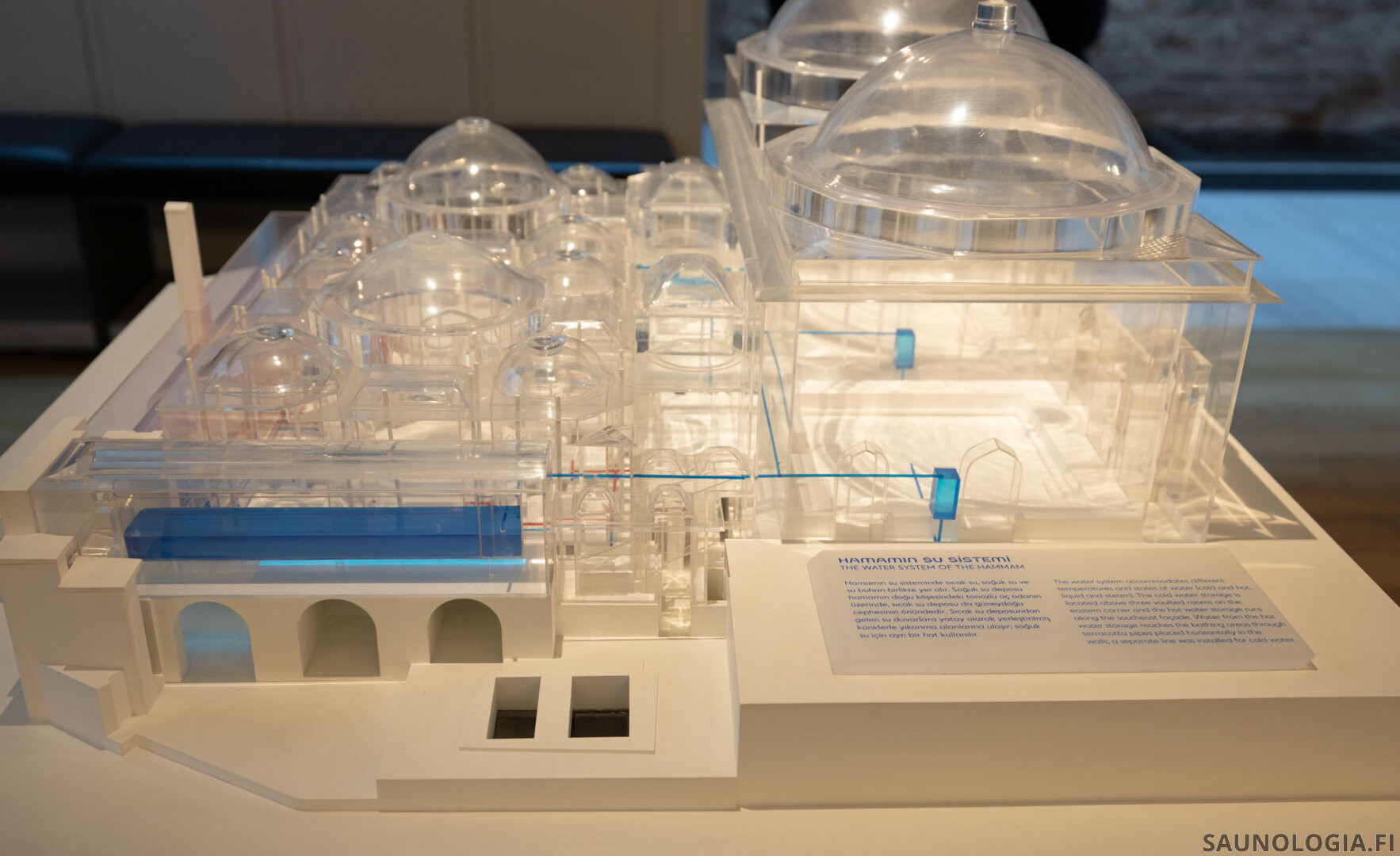
Impressions from a Finnish tourist
My first hammam visit was a step into a new bathing culture. Personally, I’ve never been a fan of washing services, but now I tried them extensively thanks to the hammams.
Beforehand, I was nervous about both the language barrier and navigating the bathing ritual itself. The language worries turned out to be unnecessary; at least in the more upscale hammams, conducting business in English was easy. The bathing ritual also turned out to be neither physically nor mentally unpleasant. Although the scrubbing wasn’t done with kid gloves, it wasn’t distressing or brutal either. After two hammam days, however, my back was so sore that I happily returned to a regular sauna.
A different impression of hammams comes from YLE’s (Finnish BBC equivalent) 2019 Saunapäivä miniseries Istanbul episode, where journalist Gogi receives rather painful bath services. A hammam experience doesn’t need to be like that—if you prefer gentler treatment, you simply need to ask. If you hire a local guide, like we did, your chances of a good experience increase. A guide can also help you find lesser-known bathhouses.

In Istanbul, we bathed in a few places and admired architecture in many more. Among the bathhouses, I’ll briefly present two of the city’s most stylish ones, both designed by the same great 16th-century architect, Mimar Sinan (c. 1490–1588): Zeyrek Cinili and Kilic Ali Pasa. Sinan designed more than 20 hammams in Istanbul, many of which still operate today as a testament to the architecture and craftsmanship of the era.
The hammams designed by Sinan are still among the city’s finest. The previously mentioned Hürrem Sultan Hamam is also one of his works. Yet, hammams in Istanbul span all price levels, starting at prices similar to Finnish public swimming halls (under 10 euros). However, as the price drops, one must temper expectations regarding services and included extras. At the finer locations, the price includes everything needed.
Cinili Hamam Zeyrek
The hammam in the Zeyrek neighborhood has seen many eras since it was built in the 1530s–1540s. Zeyrek is also a UNESCO World Heritage Site. The bathhouse’s name comes from decorative tiles—cinili—though most of the precious blue wall tiles have over the centuries ended up in the wrong hands, even being sold abroad in the 1800s.

Today, the carefully restored bathhouse showcases only selected pieces of the tiles, helping visitors see the layers of history in the building. Parts of the tiles and their history are also displayed in the hammam’s museum, which offers an excellent presentation on classical hammam technology. In the men’s entrance hall, the tiles are mostly just memories. The restoration purposefully left visible the marks of the centuries.
Zeyrek’s hammam has separate sections for men and women, each with its own outdoor entrance. The service on both sides is high-quality—but it comes at a cost. The basic service package for adults costs €105 per person at the time of writing, €70 for children aged 6–11, and free for younger children.

Beyond the bath, the historical atmosphere alone is worth the visit. The ambiance matches the price—at no point does one feel rushed or crowded, whether by staff or in the facilities. The visit ironically begins with filling out a form, after which the guest receives a locker key and sandals in the right size. The locker contains all the necessary bathing gear: towel, sandals, and comical disposable underwear, seemingly for shy Western tourists. You can lock your personal belongings in the locker during the visit.

The hammam ritual at Zeyrek was an enjoyable experience. It followed the pattern described in a previous article in this series . At Zeyrek, the massage and foam wash took place on the göbek taşı (navel stone), almost magically beneath a dome glowing from above. The massage was a pleasure.
Reservations can be made online: https://zeyrekcinilihamam.com/en/bathing#bathing-treatments
Kilic Ali Pasa Hammam (1580)
This neighborhood hammam is part of a historically significant mosque complex. It was commissioned by Admiral Kılıç Ali Pasha. Kılıç means sword—a special military title. Originally, the hammam served only men attending the mosque, but today it alternates between genders.

The current owner, Ergin Iren, carried out an extensive restoration from 2005 to 2012. The restoration of Kilic Ali Pasa was completed thoroughly. In many respects, it feels like stepping into a time machine. At Zeyrek, the goal wasn’t to make the old look new. At Kilic, everything looked in 2025 the way one imagines it did in the late 1500s.
The results of the renovation are admirably even today.
The restoration has won awards, and the final result is fantastic. It transports the visitor into a whole new dimension through architecture alone. Though this isn’t unique in Istanbul, it’s still deeply impressive. A video of the restoration is available on Vimeo. The bathhouse also features a large photo book presenting the restoration stages.

Dozens of attendants work in the hammam, and the staff changes between male and female shifts. A tourist’s experience may therefore vary depending on the combination of scrubber and masseur that day.
Kilic’s dressing rooms are upstairs from the lobby. The building is quite simple and smaller than Zeyrek, but the same architect’s touch is evident in both, even though the details vary. The bathing ritual is also implemented a bit differently: the washing and massage are done seated. The treatment is very pleasant, though standing massage is a bit unusual.
There’s nothing to criticize in Kilic Ali Pasa’s service. The atmosphere is serene from beginning to end, and you feel like royalty. Kilic’s service offerings are clearly defined. In addition to the basic package (about €80), various massages are available (see the hammam’s website: https://www.kilicalipasahamami.com/en/).
Private or unattended hammam
In addition to service-focused bath palaces, one can spot many more minimalist baths in Istanbul—for example, in hotels. The basement of our hotel, Galata’s Hotel, featured a Turkish bath (not sauna) next to a Finnish-style sauna.

In this place, one could enjoy the hammam experience without an attendant. The floor and benches were so hot (45°C) that lying on a bench with a single cotton towel was uncomfortably intense. Neither of the previously mentioned hammams was this hot. However, this doesn’t mean the same temperatures as in Finnish saunas—stone surfaces feel very hot already at 40–50°C due to better heat conduction. In a sauna, this would require nearly double the temperature.
In the hotel’s mini hammam, you can perform all parts of the hammam ritual—from exfoliation to washing and massage—if you have the skills, tools, and a helper. The room also has a stone basin, used like washbasins in Finnish wood-burning saunas. Only its massive weight prevents pouring the mixed water directly over yourself. For that, there’s a small metal bowl.
Similar hammams can be found throughout Istanbul and are available for private rental.
A traveler’s political and moral dilemma
This Istanbul travel story, which has grown into a trilogy, ends here. I hope this account has cleared up some misconceptions about hammam culture. A hammam is not a sauna (LINK), but an interesting form of bathing in its own right—nothing to fear for a Finn. And as I observed at Zeyrek, even guests new to public nudity can maintain their modesty. The biggest barrier to a hammam expedition is political. I myself wavered for years, caught in a moral conflict, before deciding to make the trip.
The first political issue is the Turkish government’s stance on human rights and freedom of expression. This has been repeatedly reported during Erdoğan’s years in power, and the bad news hasn’t stopped. For example, in March 2025, opposition politician Ekrem İmamoğlu was arrested, BBC journalist Mark Lowen was deported, and immediately afterward, Swedish journalist Joakim Medin was detained upon arrival at the airport. As of this writing, Medin remains imprisoned. In April, he was convicted of insulting the president, and legal proceedings about terrorism are ongoing.
The second issue is Turkey’s relationship with Russia and the use of natural gas in hammams. Nowadays, hammams are almost exclusively heated with natural gas, most of which comes from Russia. I only fully realized this on the return trip to Finland. Hammam tourism in Turkey is therefore not advisable if one wants to boycott Russian exports or avoid supporting Turkish domestic or foreign policy through tourism. Though bathing may seem apolitical, it’s naive to think consumer choices don’t show support in one direction or another.

Another time, another place.
I believe and hope that hammams will endure for hundreds of years to come, hopefully into more politically stable times.
Thanks to Elizabet Kurumlu for the guidance, to the Zeyrek Cinili staff for the museum tour and hammam heating system demonstration, and to Kilic Ali Pasa’s Ergin Iren for the correspondence. Both promoted hammams provided the author and travel companion free admission.
